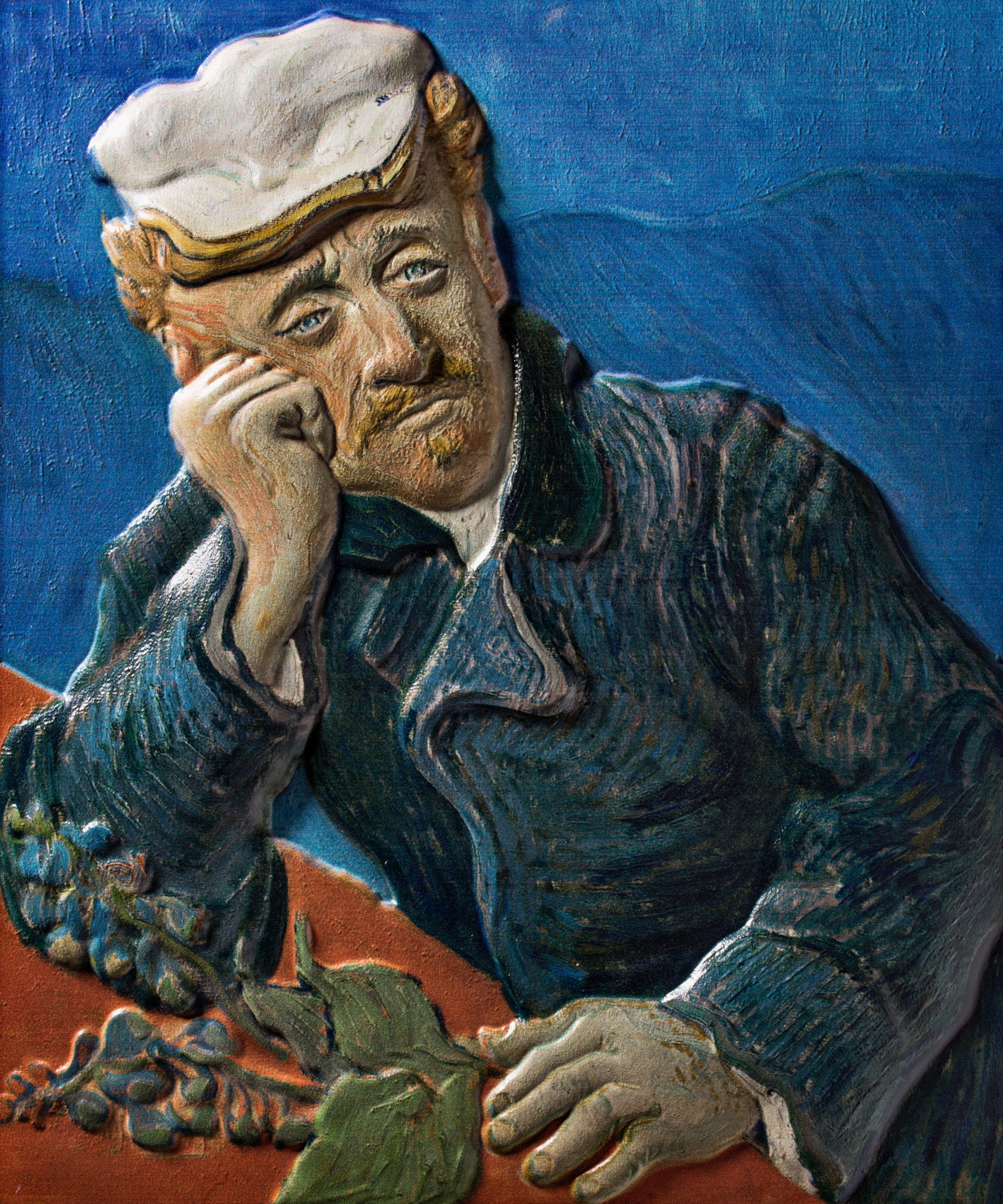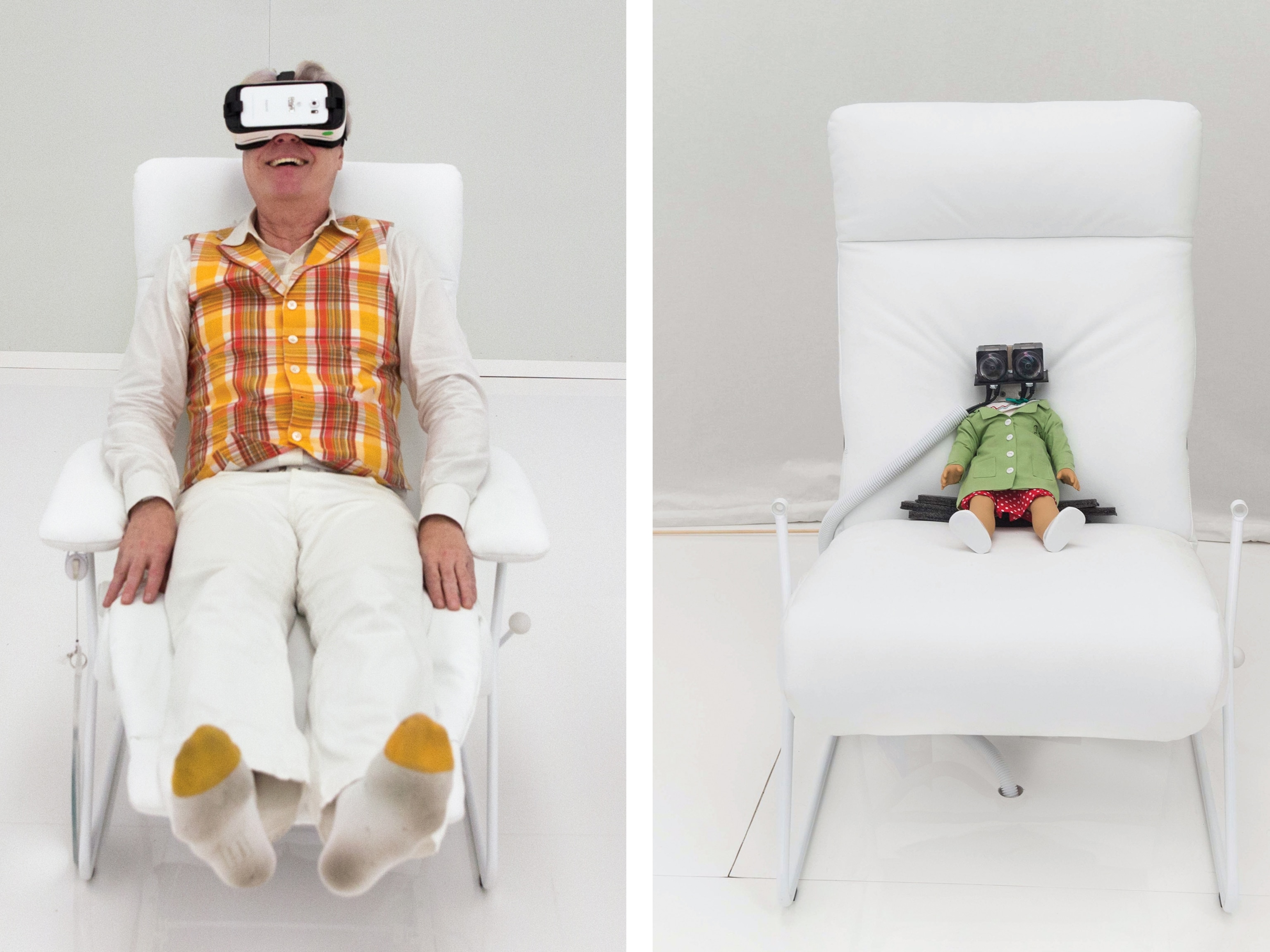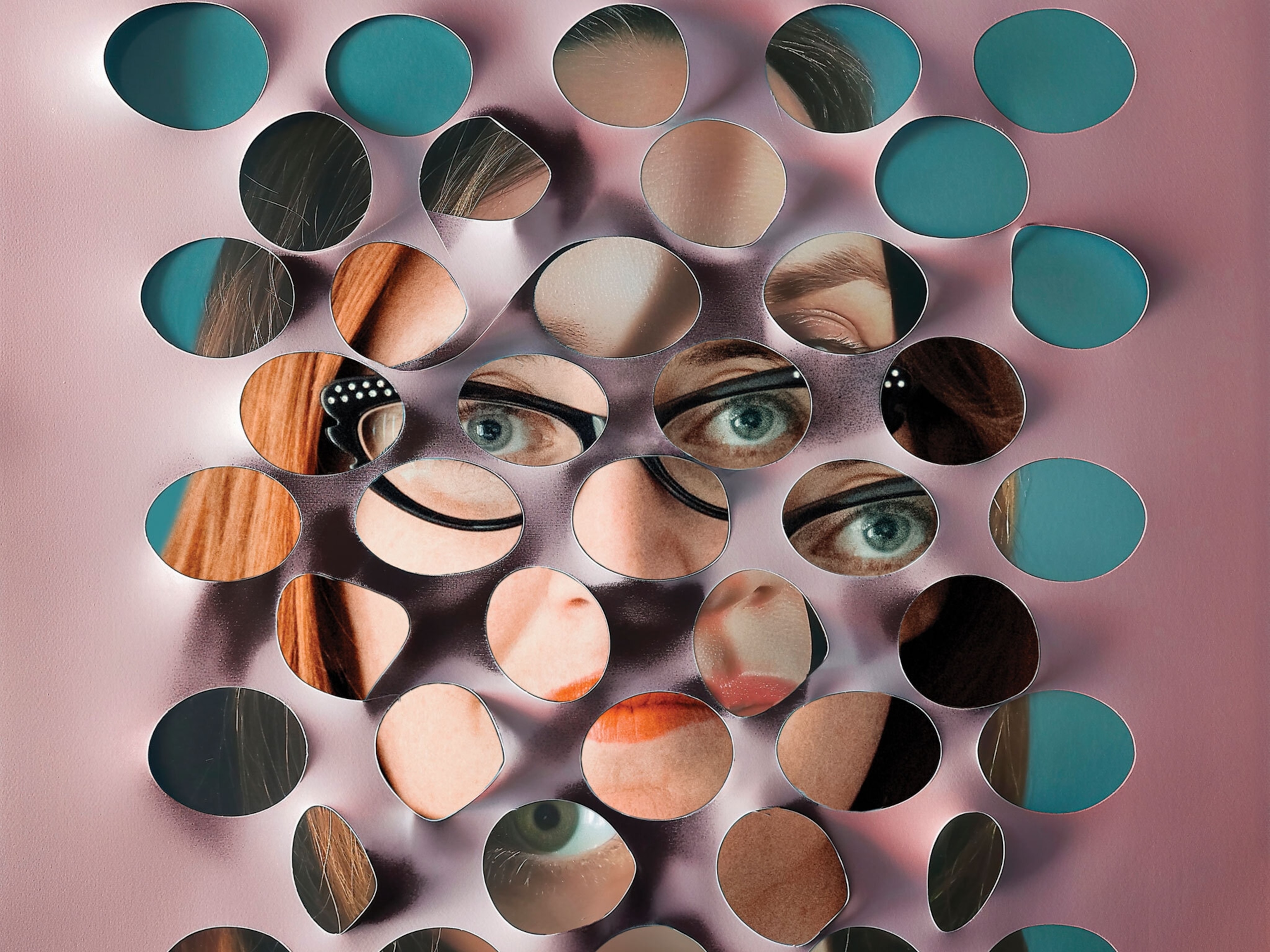
The Blind Can Now 'See' Priceless Paintings By Touch
From Van Gogh's brushstrokes to the Mona Lisa's smile, three-dimensional models allow art appreciation by touch instead of sight.
To appreciate a painting, we’re taught to look for color, composition, and light. But how can a painting be savored by someone who’s blind? Through touch, the one thing gallery placards tell you not to do. John Olson, a former photographer, and his team render paintings into fully textured 3-D models, like this version of Vincent van Gogh’s “Portrait of Dr. Gachet.”
The tactile paintings work as a way to reveal art to the blind because we don’t see with just our eyes: We see with our brains. Research in the field of neuroplasticity—the brain’s adaptability—shows that the visual cortex is stimulated by touch. Blind people perceive shapes with their existing senses, a process that broadly mimics that of sighted people, says Ella Striem-Amit, a Harvard neuroscientist.
Luc Gandarias, who’s now 13, went blind suddenly at age seven. When he felt a 3-D rendering of Leonardo da Vinci’s “Mona Lisa,” he says he noticed her smile right away: “I could literally feel what you see when you look at it.”
For Luc this means independence. “The feeling of being able to see it and form my opinion is like breaking down another wall as a blind person.”




